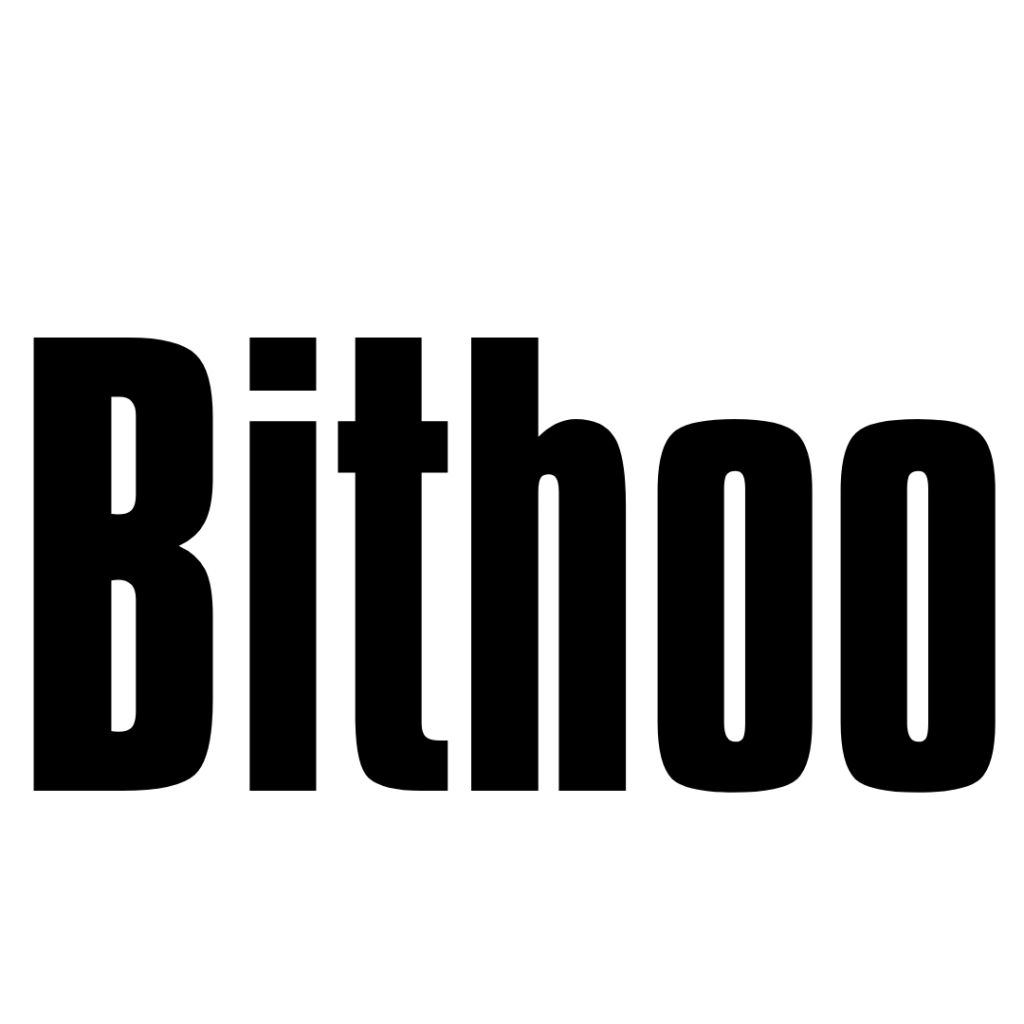In a complete optical communication transmission network scheme, fiber optic patch cords are an indispensable part of the system. However, there are many divisions about the type, structure, connector type, and other details of fiber optic patch cords. How do we choose to make it easier for us to build our communication network? In this article, we introduce our understanding.
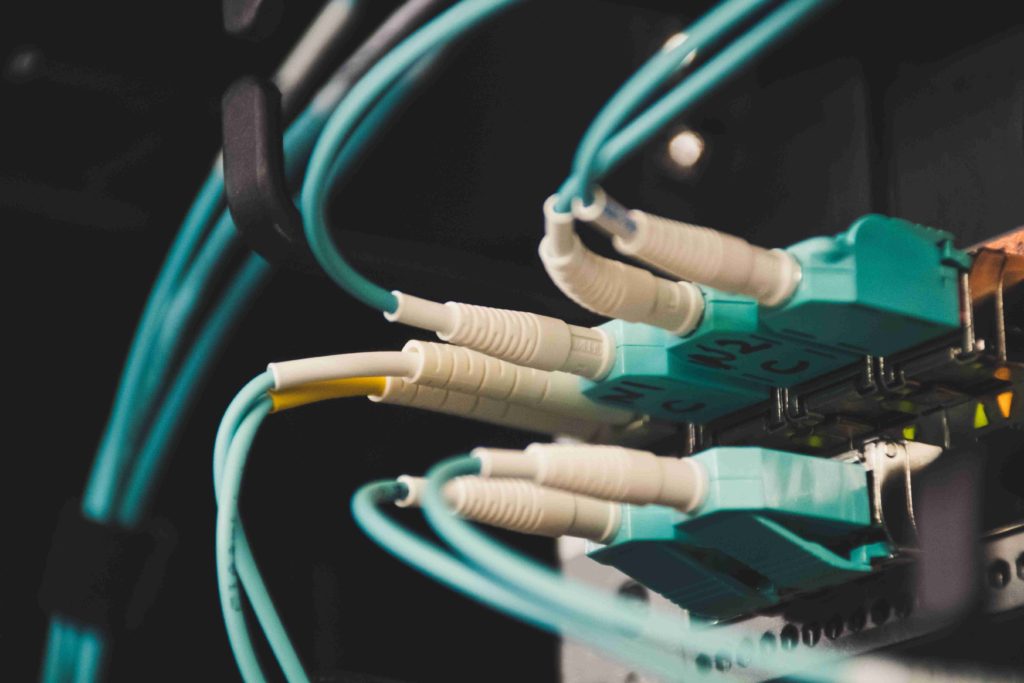
What is a fiber optic patch cord?
Fiber optic patch cords are usually used at the end of the entire optical communication transmission network, or for the connection between equipment and the optical distribution frame. Under normal circumstances, both ends of the fiber optic patch cords will be equipped with connectors (such as SC, FC, ST, LC, etc.) to connect with couplers or optical modules. Sometimes, we can also cut it into fiber optic pigtails for splicing with fiber optic cables.
Conventional fiber optic patch cords structure division
Aramid-filled regular patch cords
This structure is the most commonly used in our network construction. The outer sheath of fiber optic patch cords is generally made of PVC (LSZH can be customized). Since its main filler is aramid yarn, it has both excellent tensile properties and soft bending properties.
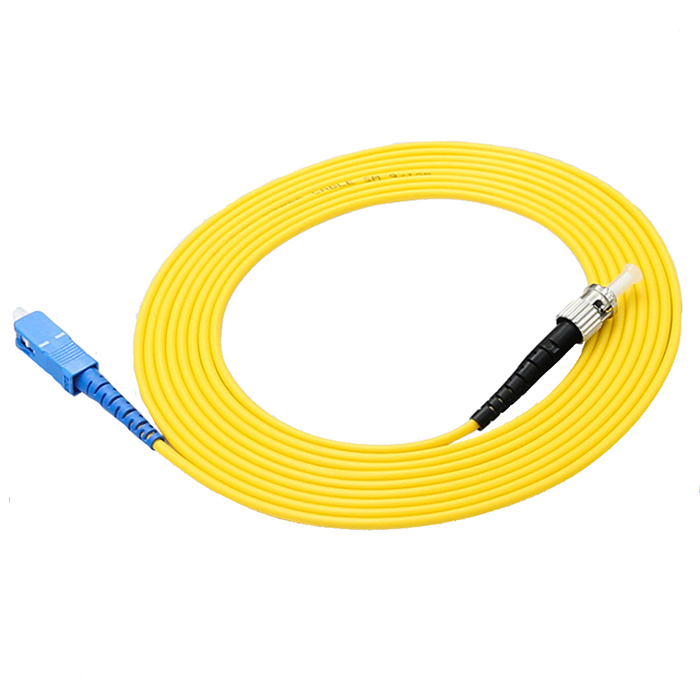
We usually also use different colors to distinguish the optical fiber transmission mode inside it, for example, yellow for single-mode, orange for multi-mode and cyan for OM4, and so on. It is strictly required that the transmission mode of the selected fiber optic patch cord’s fiber must be consistent with the transmission of the fiber optic cable, otherwise, the signal will not be transmitted normally.
These fiber optic patch cords of this structure can be used for most indoor wiring conditions. Especially in the case of device-to-device connection, stacking between switches, etc., this type is generally selected first.
Metal armored fiber optic patch cord
Sometimes we also have to consider some relatively harsh working conditions. Compared with the conventional patch cords structure, we have added metal armor for it. This structure makes it have certain compressive and impact-resistant properties. Especially sometimes, it can resist the damage of mice or other insects.
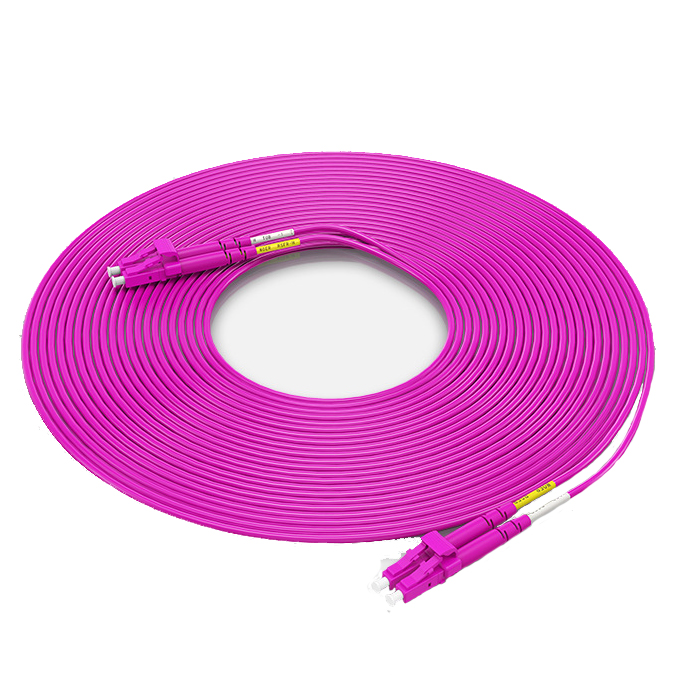
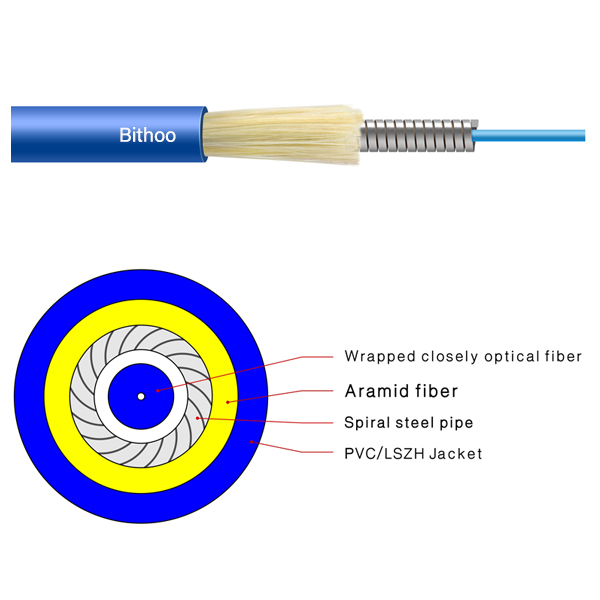
Single core and dual-core
In order to match the number of different optical interfaces on the market, fiber jumpers also have divisions similar to simplex and duplex. Its essence is the number of internal fibers, usually, we have only one fiber inside a single patch cord cable. But some optical interfaces are duplex in number(such as SFP), so we can also make two fiber patch cables which everyone with only one fiber inside.

Choose different interface types
As we mentioned earlier, we have to consider that the interface type of each device is different. The optical interface of some devices is SC, some are FC, most SFP is LC, and so on. It’s a very important job to think about fiber optic patch cord connectors in advance, which makes installation faster and easier.
Enough length
The length of the fiber optic patch cord is also a situation we have to consider. This can be a very awkward situation if the fiber optic patch cord you choose is not long enough. If the fiber jumper you choose is too long, this will cause the extra part to take up a certain amount of storage space. Fiber optic patch cords of suitable length not only ensure the beauty of the overall wiring but also take into account their convenience in use.
Conclusion
The selection of a suitable fiber optic patch cord should also consider the use environment, length, fiber transmission mode, connectors that match the equipment, and whether dual-core is required. A reasonable choice plan will allow the network to transmit smoothly.
